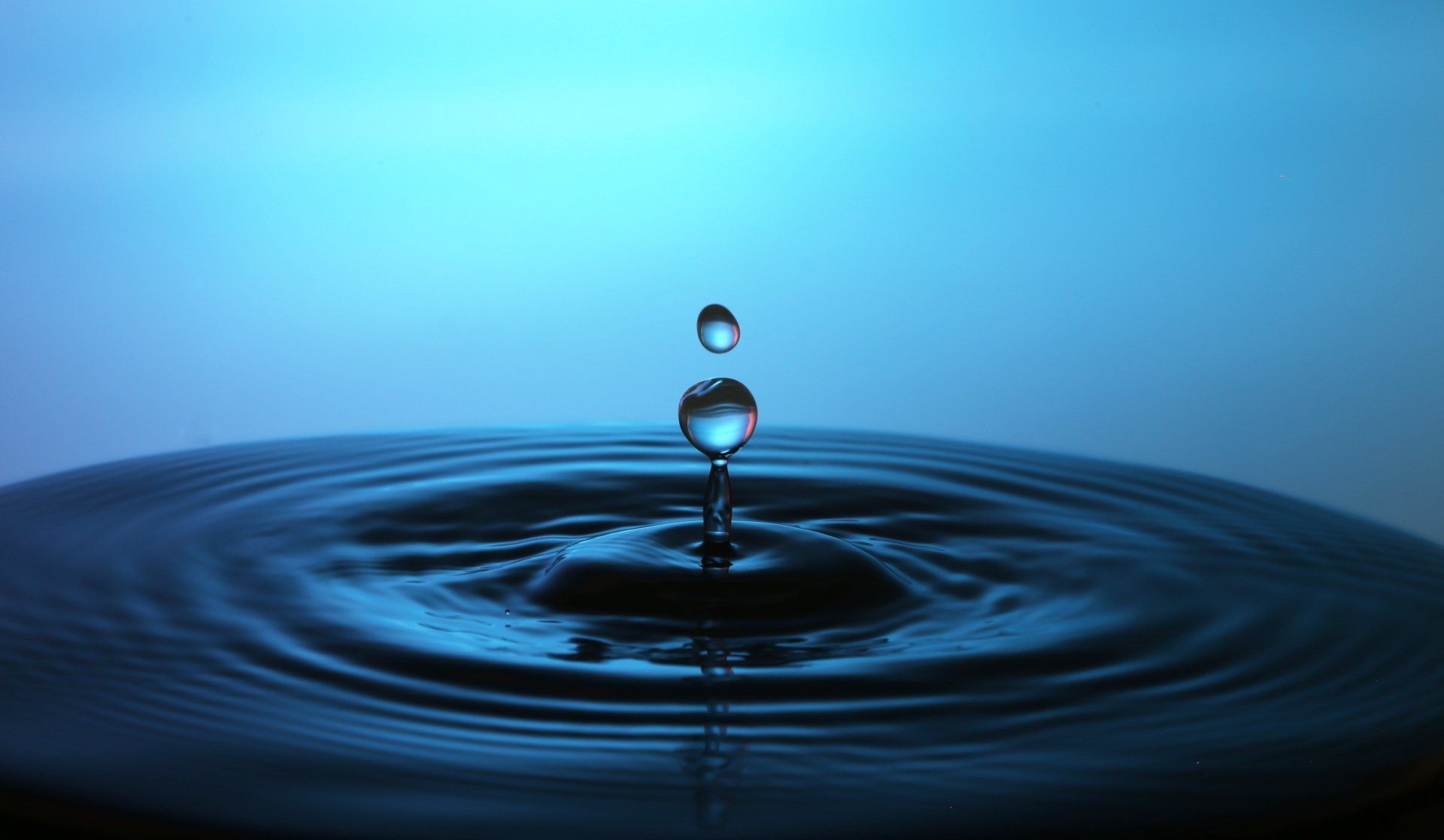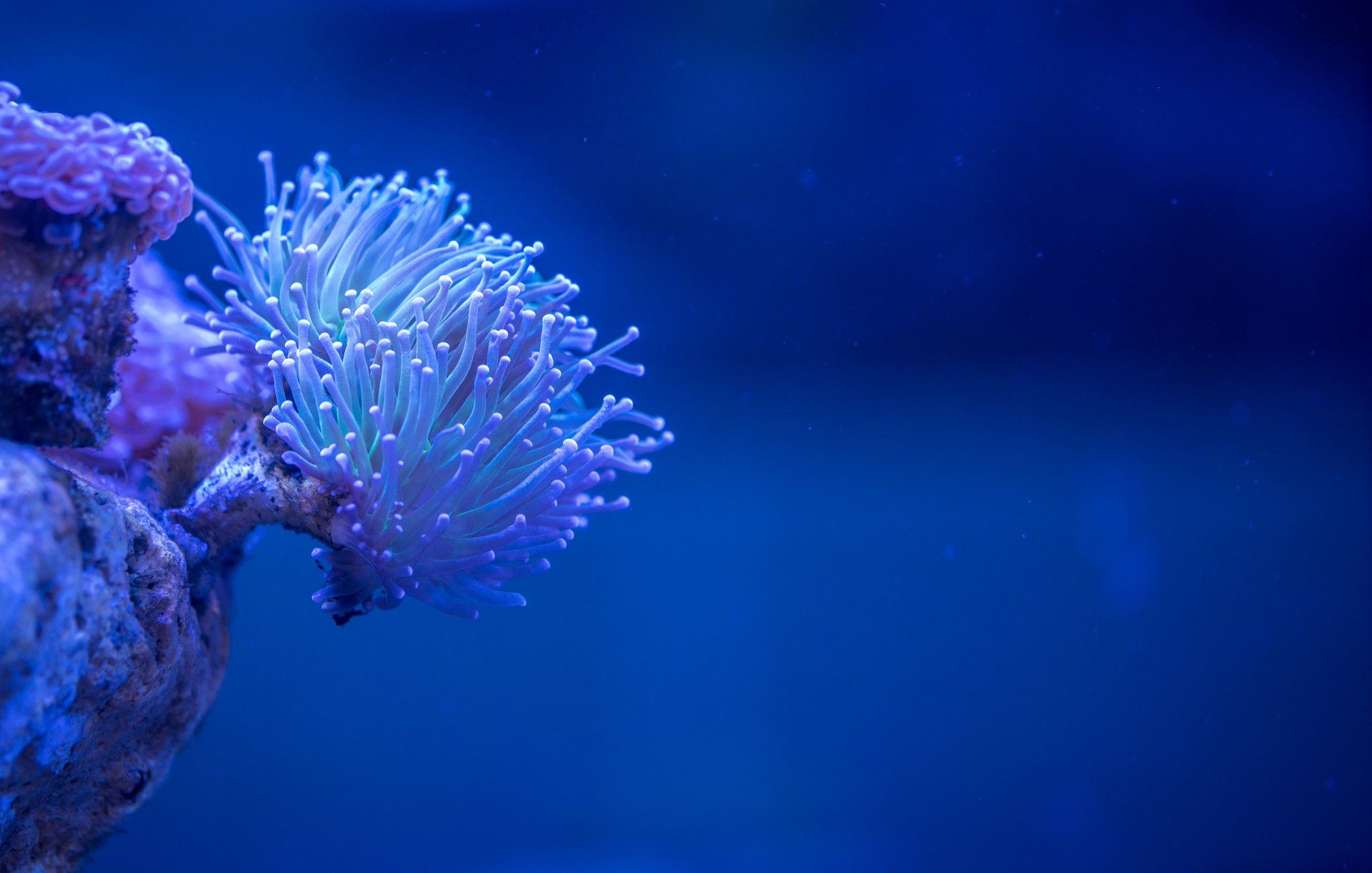Water Purification | Solutions On How To Purify Your Water
Removal of unwanted components that is what it is all about in the world of water purification, the big question is; which technologies will you use to purify your water?
Chemicals of emerging concern, biological contaminants, suspended solids, pharmaceutical products, gases, pesticides, perfluor components ( PFAS, PFOA, PFOS) and minerals can all be components that you want to remove to reach your desired water quality. Drinking water, pond water, aquarium water, potable water, water for injection, wastewater ,process water, condensate water all have their specific quality needs due to for example local legislation, pharmaceutical legislation, food legislation, WHO legislation, process needs, and so on.
"the act or process of making water more potable or useful, as by purifying, clarifying, softening, or deodorizing it"
Source: https://www.dictionary.com/browse/water-treatment
The key methods used topurify water to the needed quality can include; sand filtration, activated carbon, coagulation, ultraviolet light (UV), flocculation, aeration, ion exchange (IEX) and ozone oxidation. Here is a short description of our top 7 water purification technologies;
1. Activated carbon
Activated carbon (activated coal,activated charcoal) is a special type of carbon that can adsorb various molecules, and these are adsorbed in the large surface area by van der Waals forces. A gram of activated carbon has a surface that can be as large as a football field. This surface is divided into micro, meso and macro pores of the activated carbon. Activated carbon occurs in different particles size and different forms: powder, extrudates, granules and spheres. (press here to learn more about activated carbon)
2. Aeration
Aeration is contacting a liquid phase with air, this happens in the water purification industry, for example through the use of a turbine aerator that pumps air through the water. Aeration of water can also be done via for example cascades, sprays and plate aerators. (press here to learn more about aeration)
3. Coagulation
To understand coagulation, it is important to know what a colloid is and what coagulation is. Coagulation in water purification, it is destabilizing colloidal particles by neutralizing their charge with an added chemical, a so-called coagulant. A colloid is a small particle that is slightly larger than a molecule and has a diameter between 1 and 1000 nanometers. These particles can be solid, liquid or gaseous. A colloidal system where the particles are solid and the media is liquid, or in other words a colloidal suspension, is in a state that is midway between a solution and a precipitate. These particles are therefore often very difficult to remove. (press here to learn more about coagulation)
4. Ion exchange (IEX)
Ion exchangers (IEX) are spheres of sulphonated synthetic resin that can take ions from liquid, water, process water, condensate water, swimming pool water) by changing them out against other ions. The liquid will flow over a with beads filled with ion exchanger resin column. The beads are solid, and this is often referred to as adsorption resin.
There are also non-ionic resins, these are capable of removing organic contaminants such as for example trichlorethylene and tetrachlorethylene. (press here to learn more about ion exchange)
5. Ozone oxidation
To understand what ozone oxidation is, it is important to first know what ozone is. Ozone is a singular substance of the element oxygen, with gross formula O3. At room temperature and normal pressure, ozone is a gas and is colorless to light blue. Ozone has an unpleasant odor and is irritating. Unlike normal oxygen (O2), Ozone is a strong oxidizer.
The next point to understand is what oxidation is. Oxidation is a chemical process substance (reduction) releases electrons to another substance (oxidizer), the oxidation number of the reducer increases. Ozone decays in water, OH radicals react. These radicals are very short-lived compounds that can oxidize even more strongly than the ozone itself. (press here to learn more about ozone oxidation)
6. Sand filtration
A sand filter is, as one would expect with this name, a filter that is filled with sand. Sand of different particle sizes is contained in a sand filter and at the bottom of a sand filter is a porous double bottom(collector). You can have sand filters ranging from very large to small, this is depending on the flow rate of liquid (usually water). The sand is often in a steel, plastic or concrete filter. (press here to learn more about rapid and slow sand filtration)
7. Ultraviolet
UV means Ultraviolet (sometimes this is also called black light or UV light) and this is electromagnetic radiation that is just outside the part of the spectrum that the human eye still can see. The wavelength of ultraviolet radiation is between 100 and 400 nm (nanometer). Ultraviolet light as a shorter wavelength than visible light, the shorter wavelength makes it more energy-rich. Because UV is more energy-rich, the ionization potential of organic molecules can be reached, and chemical reactions can be triggered. In connection with the effects of ultraviolet light on people and the environment a distinction is made between UV A, UV B and UV C. See the difference per UV type below:
· UV A is ultraviolet radiation with a wavelength between approx. 315 and 400 nm ("long waves ").
· UV B has a wavelength between 280 and 315 nm.
· UV C has a wavelength between 100 and 280 nm("short-wave radiation") UV C is the short-wave radiation used in disinfection and sterilization applications (press here to learn more about UV)





